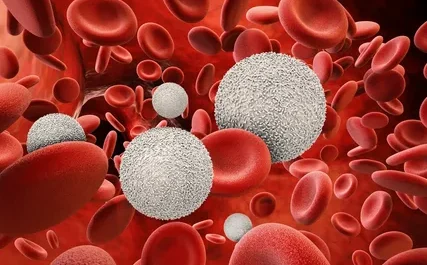
Advanced Glycation End products Market, commonly known as AGEs, are a complex group of compounds that are formed through a non-enzymatic reaction between reducing sugars or carbohydrates and proteins, lipids or nucleic acids in the body. This reaction, known as glycation, occurs at normal rates as part of the body’s regular metabolic processes. However, under certain conditions like diabetes, high blood sugar levels or obesity, the formation of AGEs takes place at an abnormally high rate.
The Glycation Process
During glycation, sugars attach to free amino acids on proteins, lipids or nucleic acids without the involvement of enzymes in a slow chemical reaction. Over time, this leads to the rearrangement of the molecules through a process called oxidation, forming a group of heterogeneous chemical compounds called AGEs. Both glycation and oxidation are exacerbated in hyperglycemic conditions due to excess sugar in the body, resulting in greater accumulation of AGEs.
Types of AGEs
Some common types of AGEs include Pentosidine, methylglyoxal derived hydroimidazolone 1 (MG-H1) and carboxymethyl-lysine (CML). These glycation products have varying chemical structures and properties based on the combination of sugars and amino acids involved. AGE formation occurs both inside and outside cells, binding to both intracellular and extracellular proteins to cause diverse pathogenic effects.
Health Implications of AGEs
By interacting with cell surface receptors known as receptors for AGEs (RAGE), accumulated AGEs have been strongly linked to the development of several age-related health conditions:
Diabetes and Associated Complications: Increased AGE levels are significantly correlated with the severity of complications of diabetes like kidney disease, nerve damage, eye disease, cardiovascular disease etc.
Neurodegeneration: The binding of AGEs to RAGE receptors on neurons is believed to trigger oxidative stress and inflammation, accelerating neurodegeneration in diseases like Alzheimer’s and Parkinson’s.
Cancer: Studies suggest an association between high AGE intake and increased cancer risk via oxidative damage to DNA and enhanced tumor growth and vascularization.
Cardiovascular Disease: AGE accumulation on collagen and elastin disrupts vascular structure and function, contributing to atherosclerosis, hypertension and heart disease.
Skin Aging: By cross-linking collagen and elastin, AGEs alter the mechanical properties of skin, leading to premature wrinkling and loss of elasticity.
Other Conditions: High levels of AGEs have also been implicated in the progression of osteoarthritis, respiratory disease and male infertility.
Blocking the Actions of AGEs
Given their significant role in mediating age-related disease, inhibiting the formation and action of AGEs has emerged as a promising therapeutic strategy. Some natural compounds like phenolic acids, flavonoids and antioxidants found in certain herbs and spices are believed to interfere with the glycation process. Pharmacological agents and methods aiming to block RAGE receptors or break existing AGE-protein crosslinks are also under investigation. Maintaining optimal blood sugar and lifestyle factors like diet, exercise and hydration help to reduce excess glycation in the body. However, more research is still needed to better understand this complex pathway and develop targeted anti-AGE therapies.
Concluding Remarks
These insights highlight Advanced Glycation End Products Market as a unifying biological factor linking metabolic dysregulation to many widespread chronic health conditions associated with aging. With their accumulative, irreversible effects, AGEs could be one of the key drivers propelling the intrinsic and inevitable decline seen with advancing age. Controlling the glycation load through medical and nutritional means offers promise for delaying the onset and progression of numerous age-related diseases and extending healthspan. Further enlightening the role of AGEs will be important for advancing preventive strategies and therapeutics against aging and its diseases.
*Note:
1. Source: Coherent Market Insights, Public sources, Desk research
2. We have leveraged AI tools to mine information and compile it



